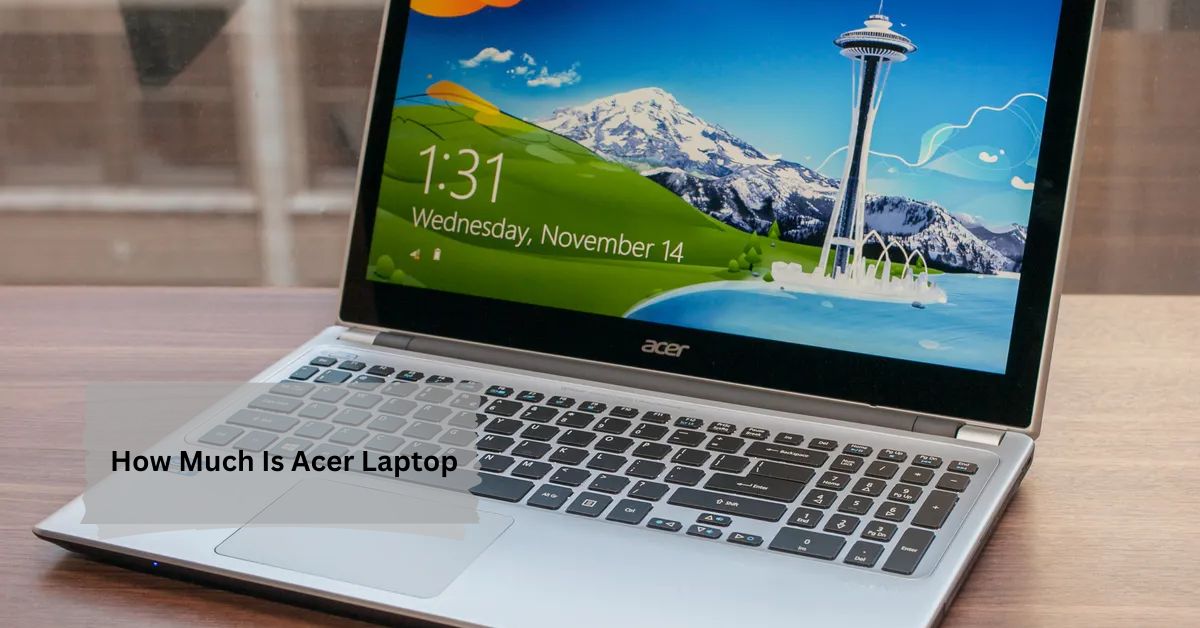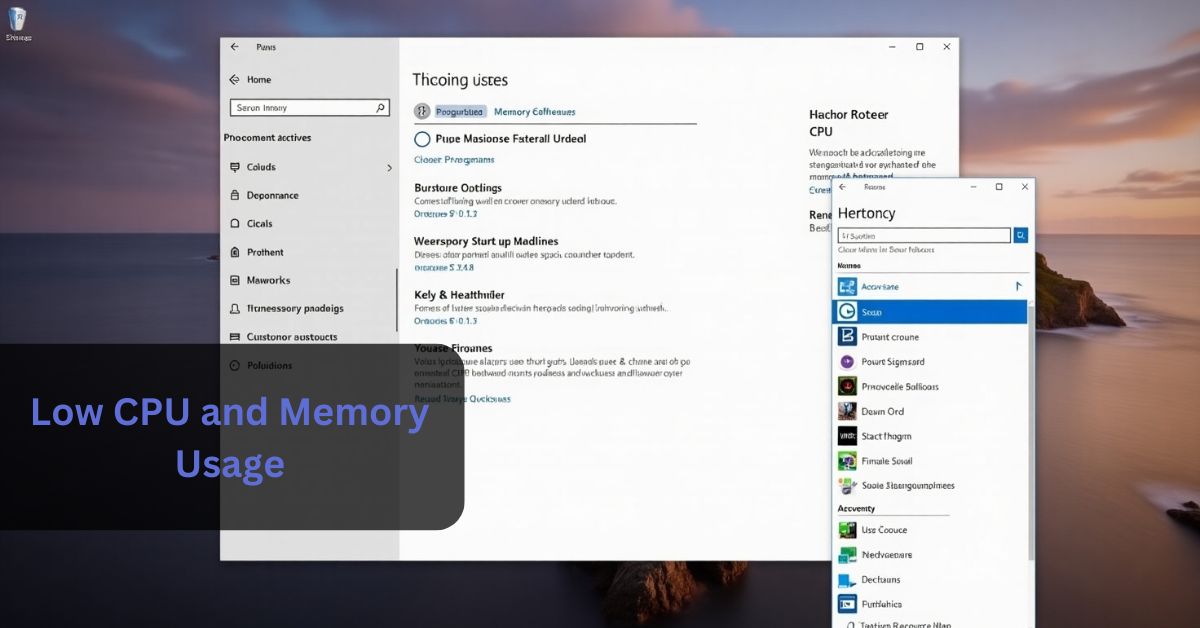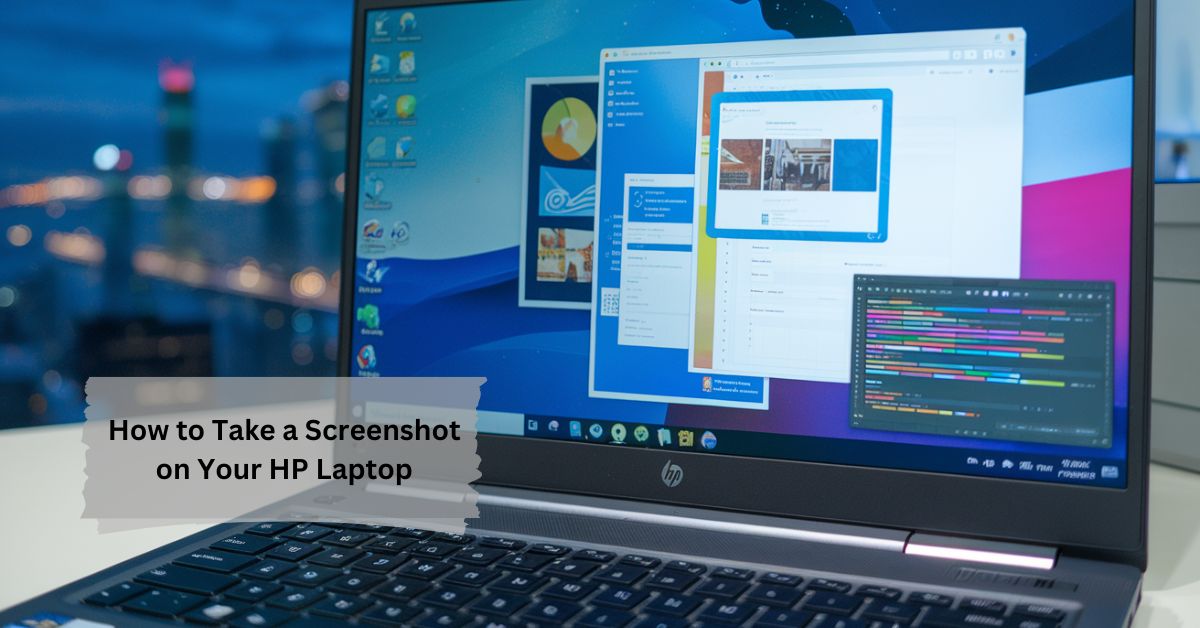In this section, we’ll delve into the various reasons why your Acer laptop trackpad might stop working unexpectedly.
Experiencing issues with your Acer laptop trackpad not working? Dive into this comprehensive guide for troubleshooting steps and expert tips to resolve the problem quickly and efficiently.
Experiencing a non-responsive trackpad on your Acer laptop can be frustrating, especially when you rely on it for navigation and productivity. Several factors could contribute to this issue, including hardware malfunctions, outdated drivers, or software conflicts.
Common Causes of Trackpad Malfunctions
Here are some common reasons why your Acer laptop trackpad may not be working:
1. Hardware Issues:
Hardware issues encompass a range of problems that can affect the physical components of a computer or electronic device. These issues may include malfunctioning hardware such as a failing hard drive, overheating due to inadequate cooling, defective RAM, or a damaged motherboard.
Troubleshooting hardware issues often involves diagnostic procedures like running hardware tests, checking for physical damage, or updating firmware and drivers. Identifying and resolving these problems is crucial for maintaining the functionality and longevity of the device, as persistent hardware issues can lead to data loss, decreased performance, or complete system failure. Addressing these concerns promptly can prevent more severe complications and ensure the smooth operation of technological equipment.
2. Driver Problems:
Driver problems often arise when the software that controls hardware devices, such as printers, graphics cards, and network adapters, encounters issues. These problems can be caused by outdated or incompatible drivers, leading to malfunctioning hardware, system crashes, or reduced performance.
Users may experience difficulties such as a printer not responding, a monitor displaying incorrect resolutions, or a computer failing to connect to the internet. Resolving driver problems typically involves updating to the latest driver versions from the manufacturer’s website, reinstalling drivers, or using built-in troubleshooting tools provided by the operating system. Regularly maintaining driver updates is crucial to ensure optimal system performance and hardware functionality.
3. Software Conflicts:
Software conflicts often arise when multiple programs or applications interfere with each other, leading to performance issues, crashes, or other unexpected behaviors. These conflicts can be caused by a variety of factors, such as incompatible software versions, shared resource contention, or conflicts in system configurations. For instance, two programs might attempt to use the same system file or library simultaneously, resulting in errors or crashes.
Additionally, outdated drivers or patches can contribute to these conflicts, making it crucial for users to regularly update their software. Resolving software conflicts typically involves identifying the conflicting programs, updating or reconfiguring them, and sometimes seeking support from the software developers. Understanding and managing these conflicts is essential to maintain the stability and efficiency of computer systems.
4. Settings Misconfiguration:
Settings misconfiguration is a prevalent security issue that occurs when application or system settings are not properly configured, leading to vulnerabilities. This can happen due to default settings that remain unchanged, incomplete setup processes, or errors made during the configuration of security settings. These misconfigurations can expose systems to various threats, such as unauthorized access, data breaches, and malware attacks.
Common examples include leaving default passwords in place, enabling unnecessary services, or failing to implement proper access controls. To mitigate the risks associated with settings misconfiguration, it is crucial to follow best practices, regularly review and update configurations, and employ automated tools to detect and correct misconfigurations promptly.
Troubleshooting Steps
When encountering technical issues, following systematic troubleshooting steps can significantly streamline the process of identifying and resolving the problem. Begin by clearly defining the issue, ensuring you understand the symptoms and the context in which they occur. Next, gather relevant information such as error messages, system logs, and recent changes to the system or environment. This data can provide crucial clues. Proceed by isolating the problem, which may involve testing different components individually to pinpoint the source. Utilize diagnostic tools and consult documentation or online resources for guidance. Implement potential solutions one at a time, starting with the simplest and most probable fixes, and thoroughly test after each attempt. Documenting each step taken and its outcome is essential for both accountability and future reference. If the problem persists, seeking help from more experienced colleagues or professional support services may be necessary. Effective troubleshooting requires patience, logical thinking, and a methodical approach to uncover and address the root cause of technical issues.
1. Check Physical Connections
Ensure the trackpad is securely connected to the laptop and free from any obstructions or debris.
2. Restart Your Laptop
A simple reboot can sometimes resolve temporary glitches and restore trackpad functionality.
3. Update Trackpad Drivers
Navigate to the Device Manager, locate the trackpad under “Mice and other pointing devices,” and update the drivers to the latest version.
4. Adjust Trackpad Settings
Access the laptop’s settings menu to verify that the trackpad is enabled and configured correctly.
5. Perform a System Restore
If the issue occurred after recent software changes, consider reverting your system to a previous state using System Restore.
6. Test External Mouse
Connect an external USB mouse to determine if the issue is specific to the trackpad or a broader hardware/software issue.
7. Consult Acer Support
If all else fails, reach out to Acer’s customer support for further assistance or to schedule a repair.
FAQs (Frequently Asked Questions)
1. How do I enable the trackpad on my Acer laptop?
To enable the trackpad, go to the laptop’s settings, select “Devices,” then “Touchpad,” and toggle the switch to enable it.
2. Why is my Acer laptop trackpad freezing intermittently?
Intermittent freezing could be due to outdated drivers or software conflicts. Try updating the drivers or performing a system scan for any software conflicts.
3. Can I replace the trackpad on my Acer laptop myself?
While it’s technically possible, replacing the trackpad requires technical expertise. It’s recommended to seek assistance from a certified technician to avoid causing further damage.
4. How much does it cost to repair a trackpad on an Acer laptop?
The cost of trackpad repair varies depending on the model and extent of damage. Contact Acer support or authorized repair centers for an accurate estimate.
5. Will resetting my Acer laptop fix trackpad issues?
A factory reset can sometimes resolve software-related trackpad issues, but ensure you back up important data before proceeding.
6. Is there a warranty on Acer laptop trackpad repairs?
Acer laptops typically come with a limited warranty that covers hardware defects, including trackpad malfunctions. Check your warranty status before seeking repairs.
Conclusion
Dealing with an Acer laptop trackpad not working can be frustrating, but with the right troubleshooting steps and expert guidance, you can often resolve the issue and get back to using your device seamlessly. By following the outlined solutions and consulting Acer support if needed, you can restore your laptop’s trackpad functionality and enhance your overall user experience.






















Leave a Reply